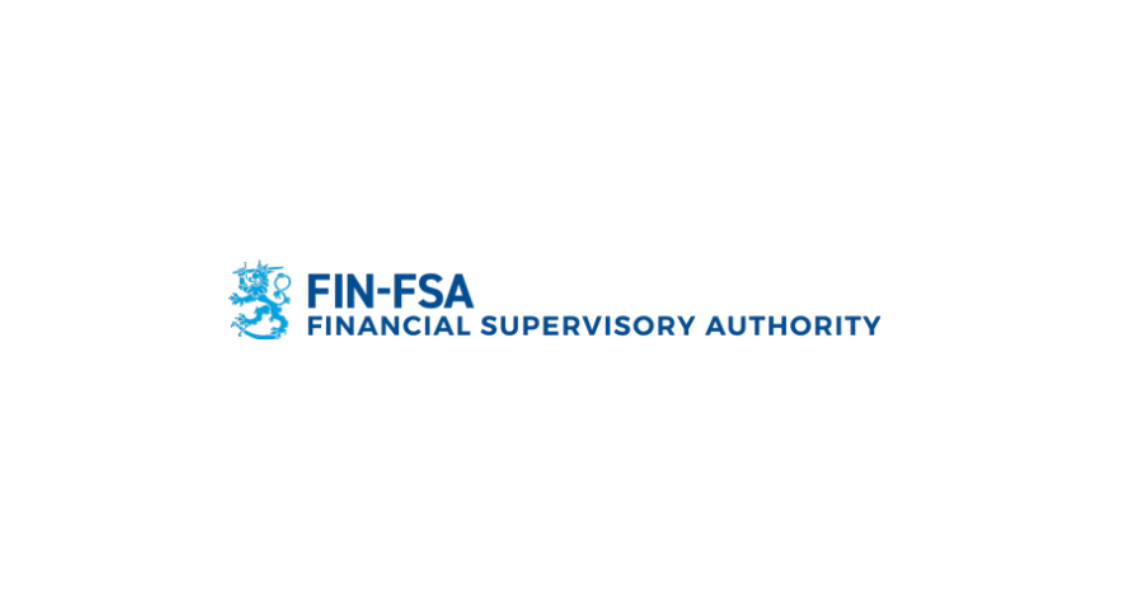Financial system already feeling effects of higher interest rates
Interest rates were low for a long period, but this came to an end last year. Although interest rates have risen at an exceptional pace, the current level is not especially high by historical standards. “The rapid and steep rise in interest rates has led to an increase in financial stability risks in Finland, because household indebtedness grew substantially when interest rates were low,” says Deputy Governor of the Bank of Finland Marja Nykänen.
Higher lending rates are putting households under pressure. Households that are highly indebted may be under particular strain in the coming months, as both loan servicing and other daily costs are rising at the same time. “A loan taken out when interest rates were low can turn out to be excessively large, even where a household's financial standing ought to be sufficient for managing repayments. Households need to be able to pay other bills, too. If households cut back significantly on their spending, the Finnish economy could weaken more than expected,” says Nykänen.
The rise in interest rates has reduced house sales in Finland, and residential property prices have fallen. The decline in property prices during a downturn is typically sharper when preceded by a rapid, debt-driven rise in prices. This appears to be the case now as well: prices have dropped the most in the largest urban centres, where house prices were climbing the fastest and house sales were financed by larger than average loans.
Rising interest rates can expose risks that were taken in times of low interest rates and which present threats to the stability of the financial system. These risks became a reality during the spring in the United States and Europe, when three US banks failed due to excessive risks and Swiss bank Credit Suisse, which had long been in difficulty, was sold to a competitor in a deal supported by the authorities.
“The capital position of Finnish banks has remained strong, and they do not appear to have the same kind of balance sheet and liquidity risks as the banks that ended up in difficulty. Nevertheless, attention must also be paid in Finland to bank funding risks and the sufficiency of banks’ liquidity,” Nykänen notes.
International regulatory reform has strengthened the resilience of banks. Additional capital requirements have been set for Finnish banks, allowing system-wide risks to be covered. Finnish banks are also well equipped to meet the growing risks in the Nordic housing and real estate markets.
The recommendation of a working group set up by the Ministry of Finance for a mandatory cap on debt service-to-income (DSTI) is important for financial system stability. The requirement would impose an upper limit on how much of a borrower's income can be taken up by debt servicing costs. At the European level, completion of the EU banking union would be a key step for unity across Europe. Confidence in Europe’s banking system would be further strengthened by a common European deposit insurance scheme (EDIS). This should be pursued in a determined and resolute manner.
“The spring turbulence that we saw in the banking sector was a reminder of how quickly the situation can escalate if confidence in banks is shaken. Financial system stability is established through persistent work. A stronger cap on household borrowing in Finland and common protection for bank deposits across Europe would be key steps,” says Nykänen.























































First, please LoginComment After ~